EDITIONED LITHOGRAPH
Our Disappearing Neighbors. 22 x 30 inches, two tone lithograph. Edition of 50. Printed with Mitchell Marti at Interbang Press in Lone Butte, NM, on Rives BFK.
Endangered animals and plants of New Mexico: Black Footed Ferret, Lesser Prairie Chicken, Holy Ghost Ipomopsis, Mexican Spotted Owl, Southwest Willow Flycatcher & Knowlton’s Cactus.
An ode to a rich ecological tapestry: this lithograph is a tribute to New Mexico's ecological past with hopes of moving forward into a future that's habitable for all living creatures. The species highlighted in this print (minus the cute fox in the background) all once were abundant in New Mexico.
-

Badger Family
3 x 3 inches. Linocut.
available at Hecho A Mano or contact artist to purchase
-

Don't Let Go
6 x 6 inches. Linocut.
available at Hecho A Mano or contact artist to purchase
-

Sunbathing Fox
3 x 3. Linocut
available at Hecho A Mano or contact artist to purchase
-

Standing on the Mesa
3 x 3. Linocut.
available at Hecho A Mano or contact artist to purchase
-

Lounging with Wine and a Churro Sheep in the Vineyard
6 x 6 inches. Linocut.
available at Hecho A Mano or contact artist to purchase
-

Says Phoebe Nest
6 x 6 inches. Linocut.
available at Hecho A Mano or contact artist to purchase
-

Crying in the Rain
3 x 3 inches. Linocut.
Available at Hecho A Mano or contact artist to purchase
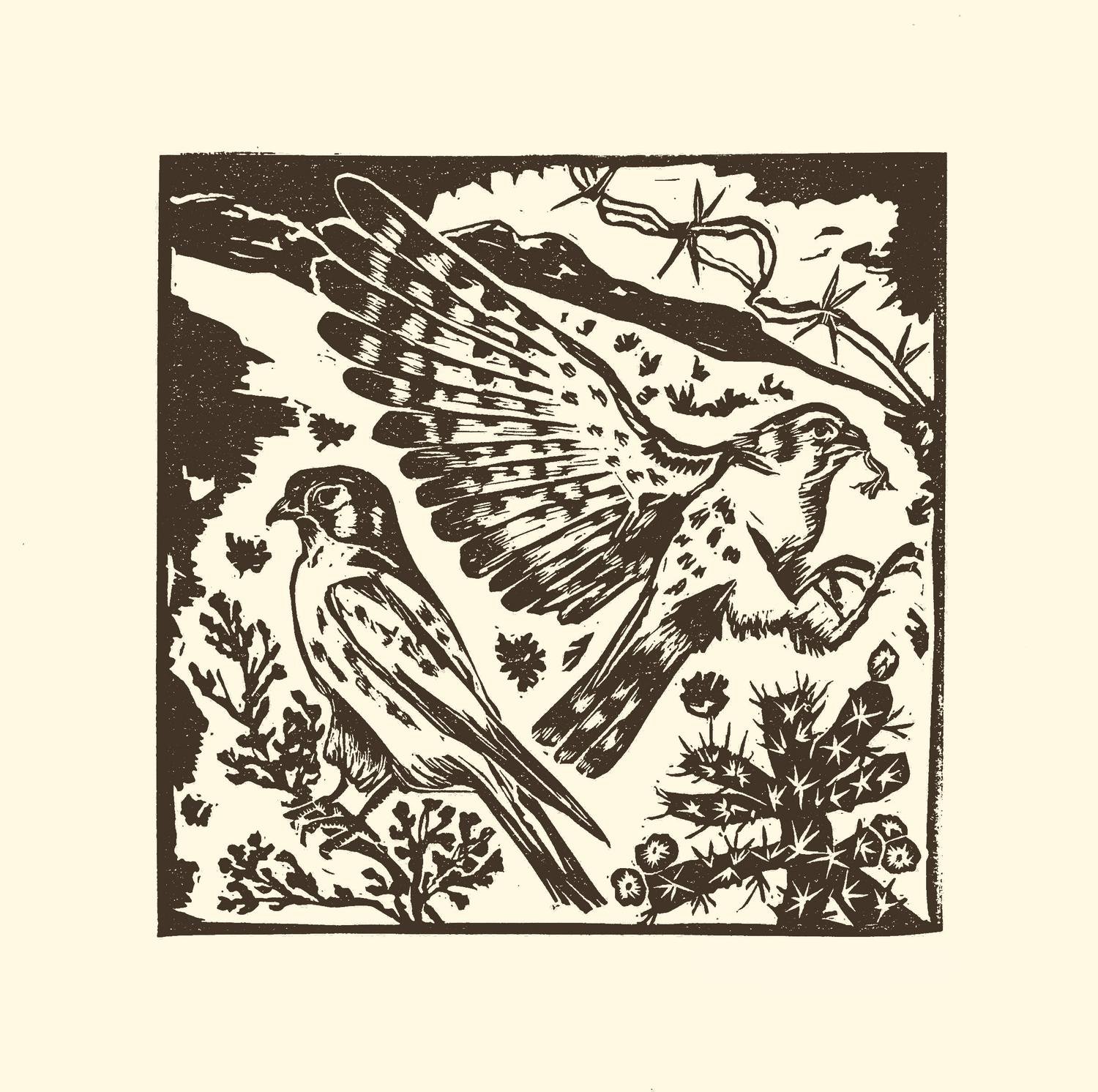
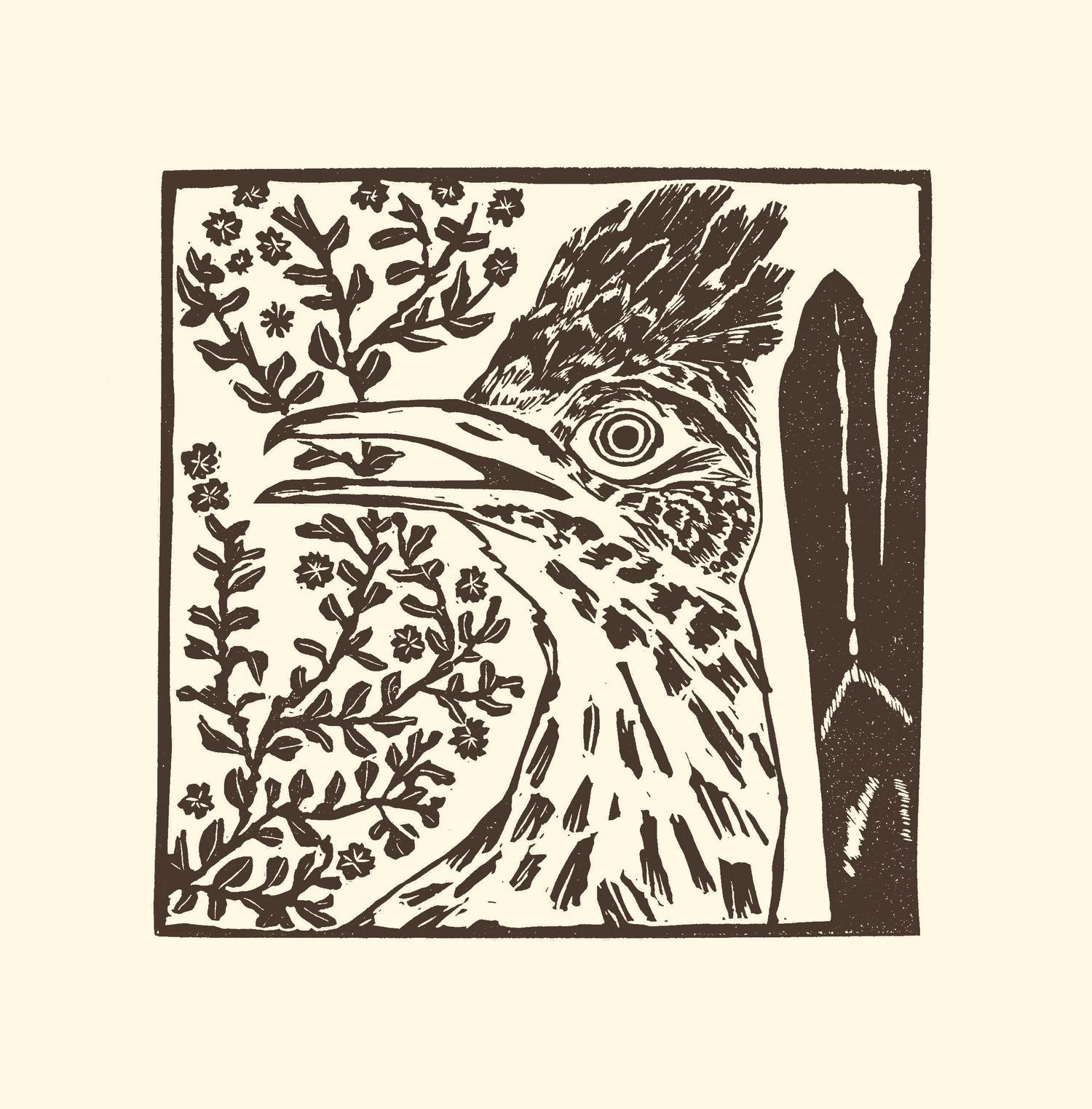
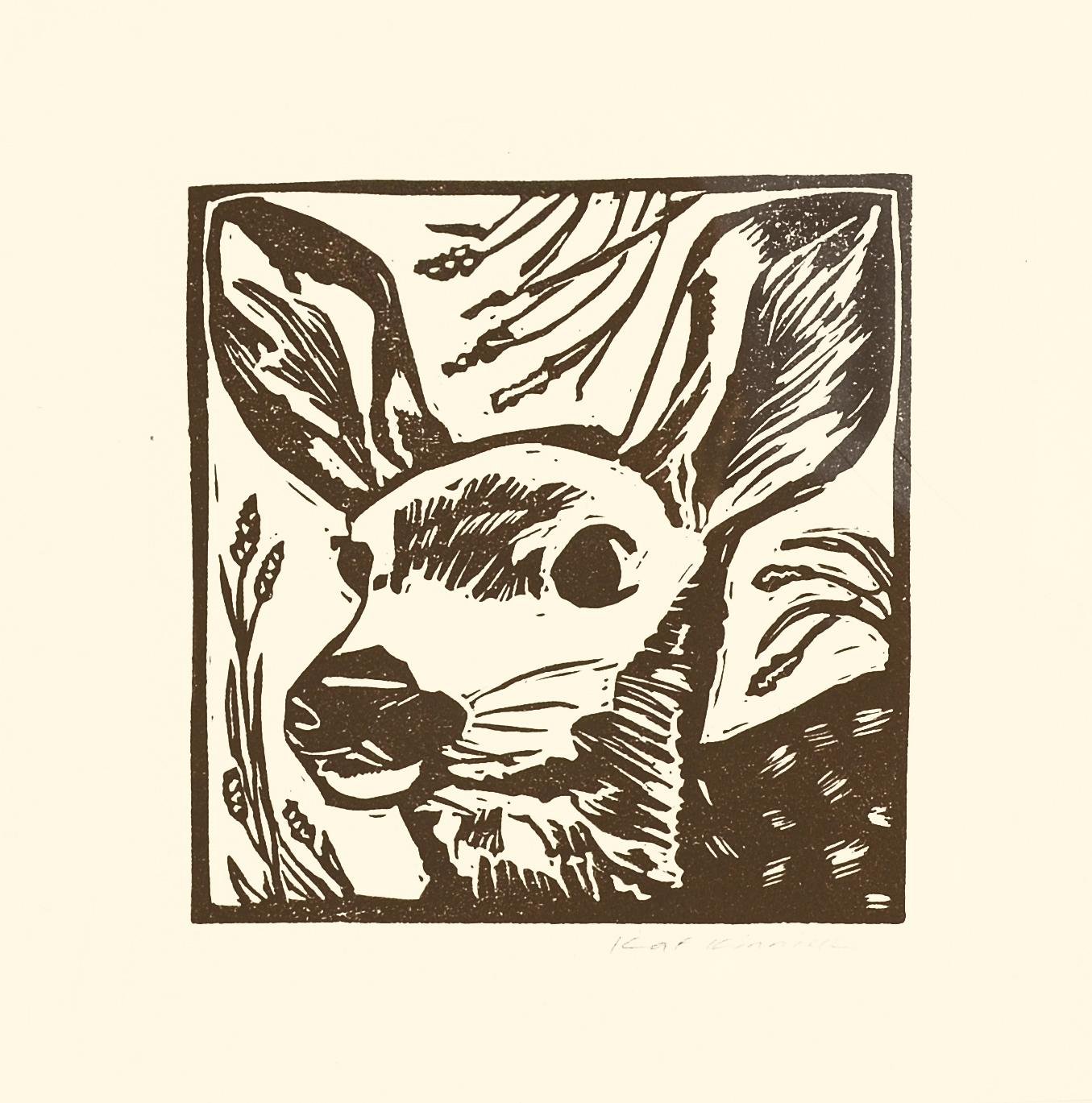
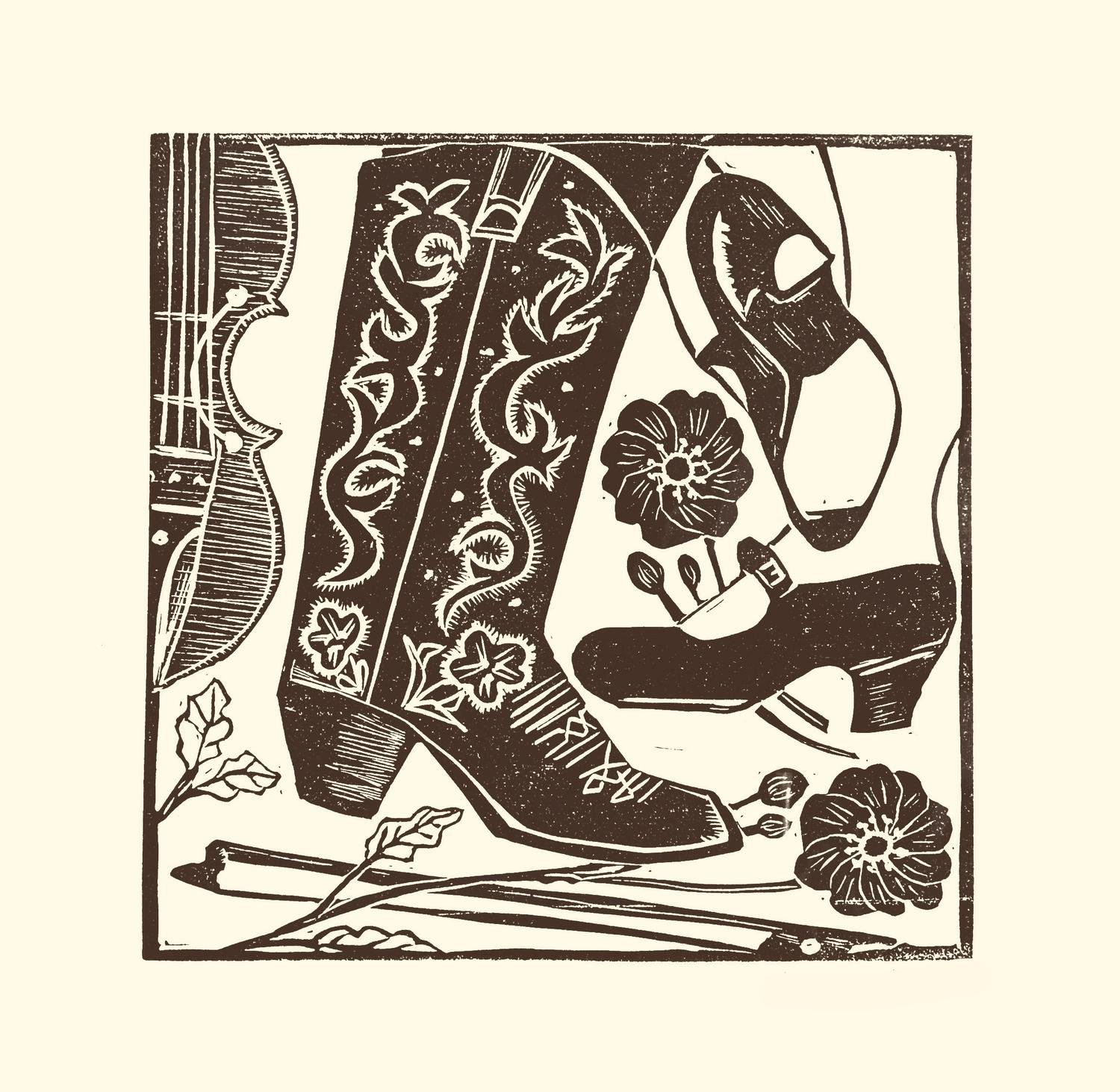
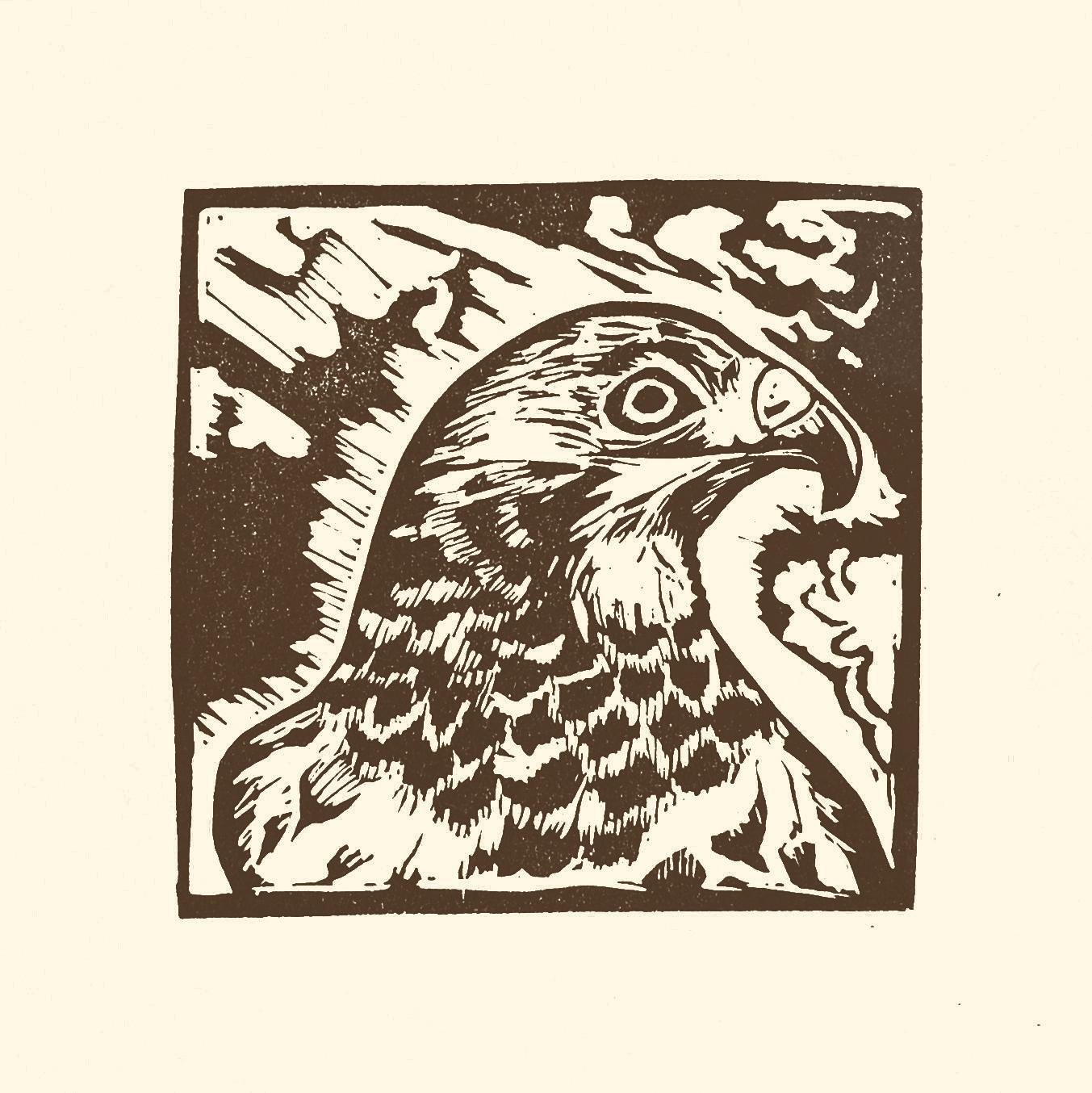
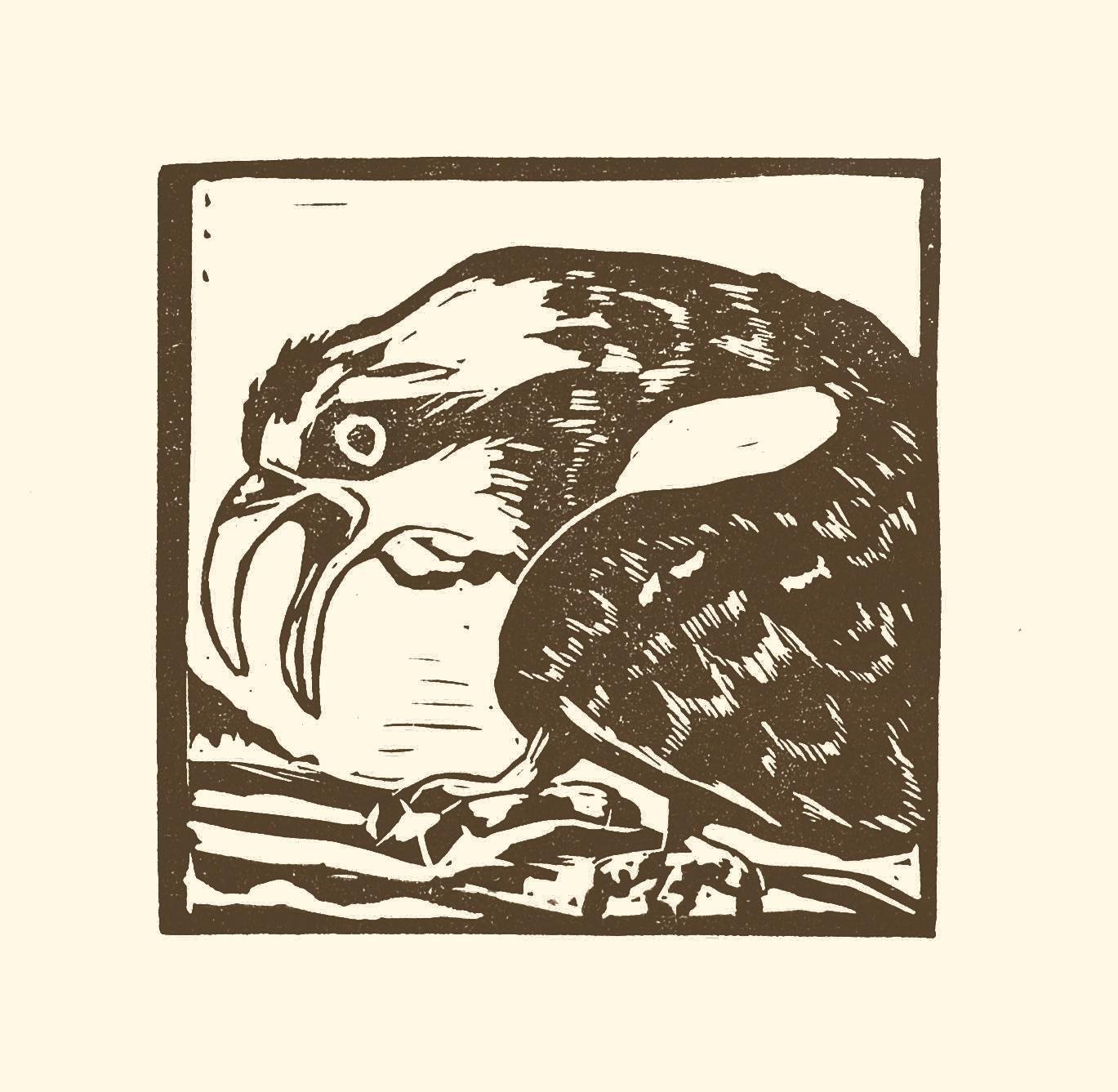
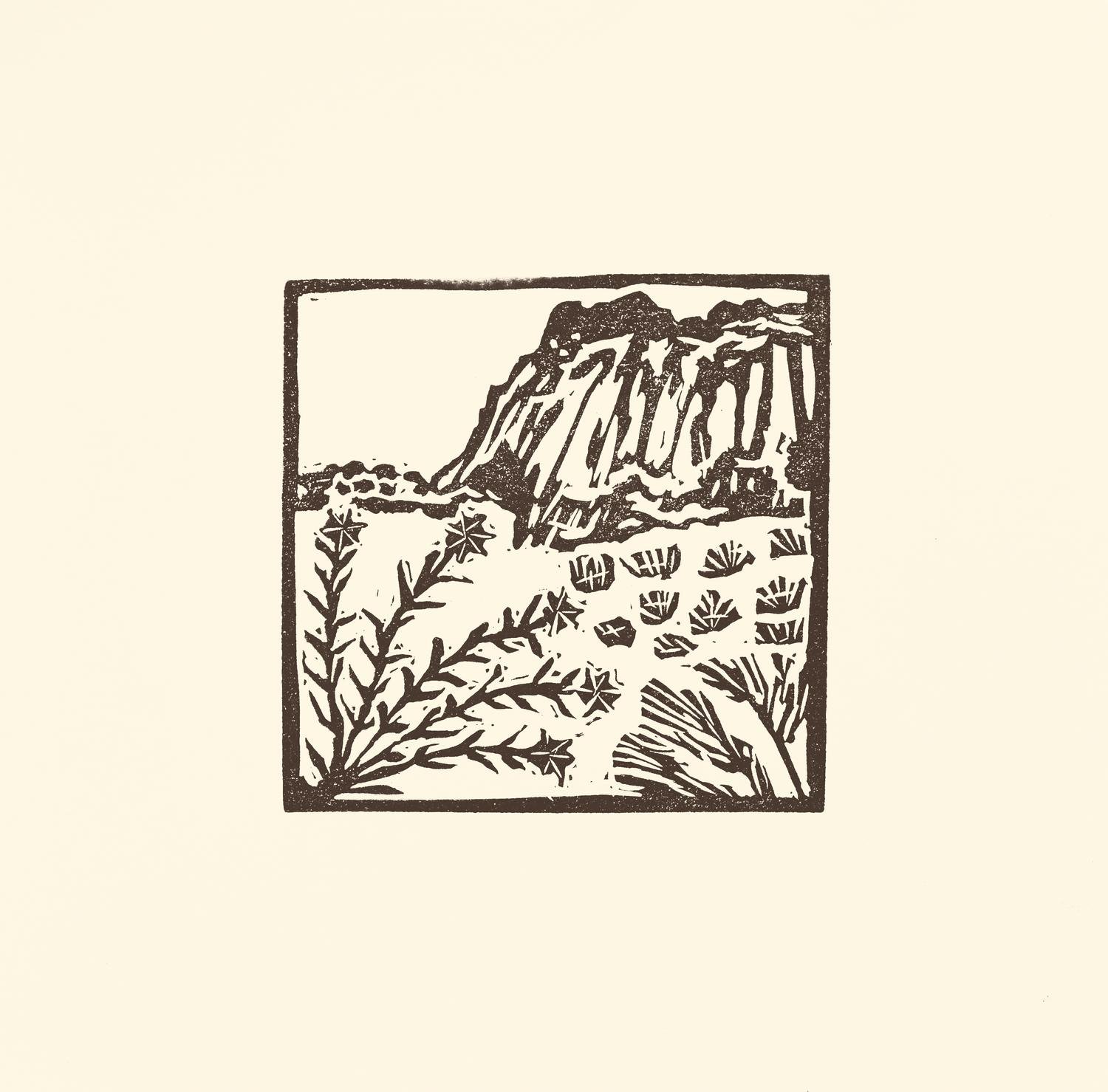
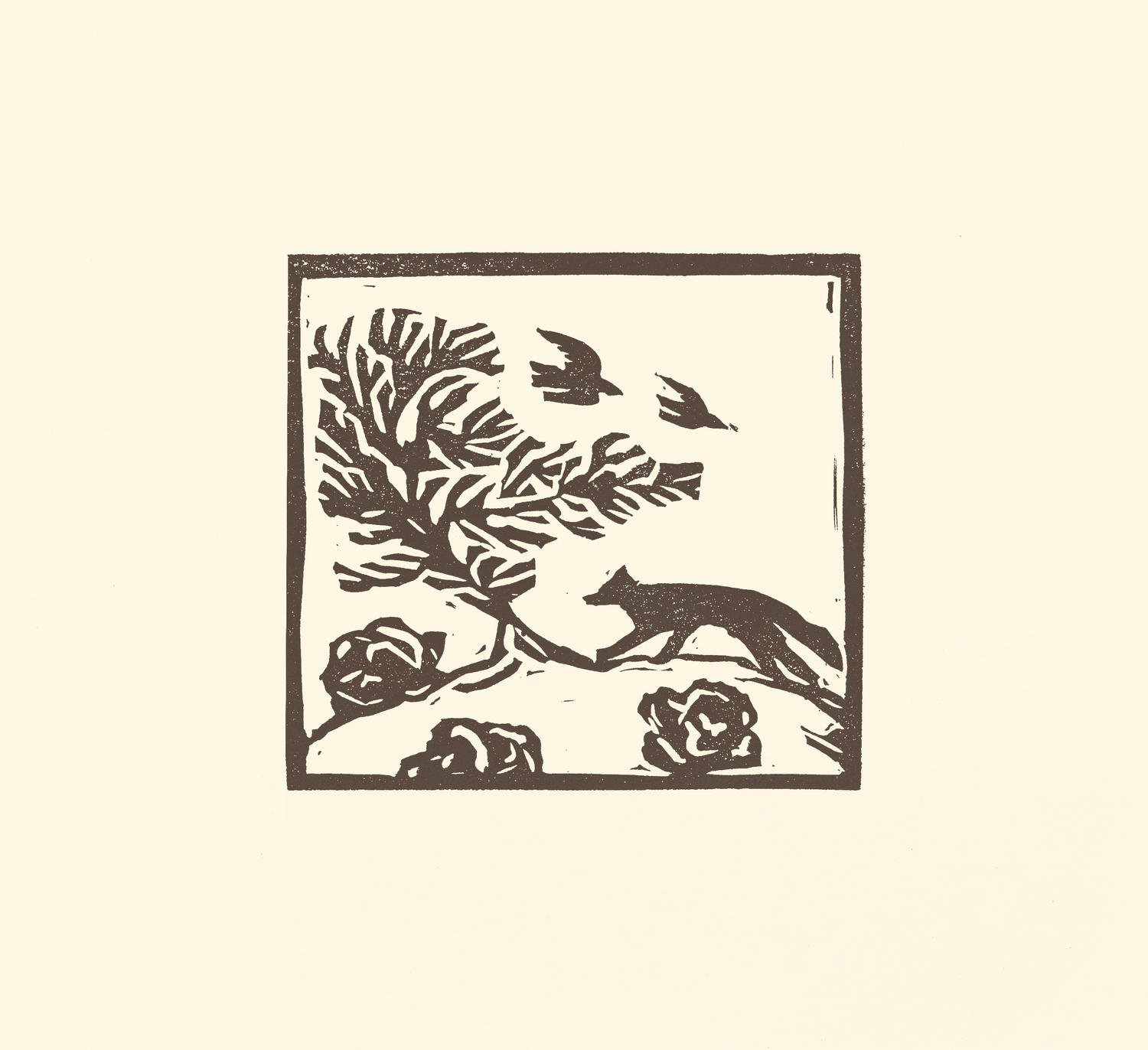





The Northern Jaguar Project Prints
Featuring plants from The Northern Jaguar Reserve in Sierra Madre, Sonora, Northern Mexico.
The Northern Jaguar Project works to preserve essential jaguar habitat through the establishment, care, and expansion of a safe-haven sanctuary in northern Mexico.
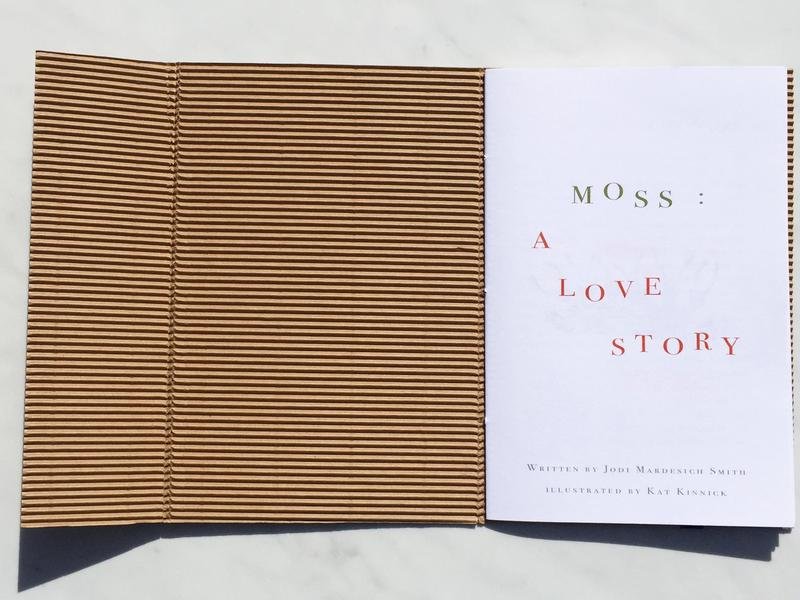
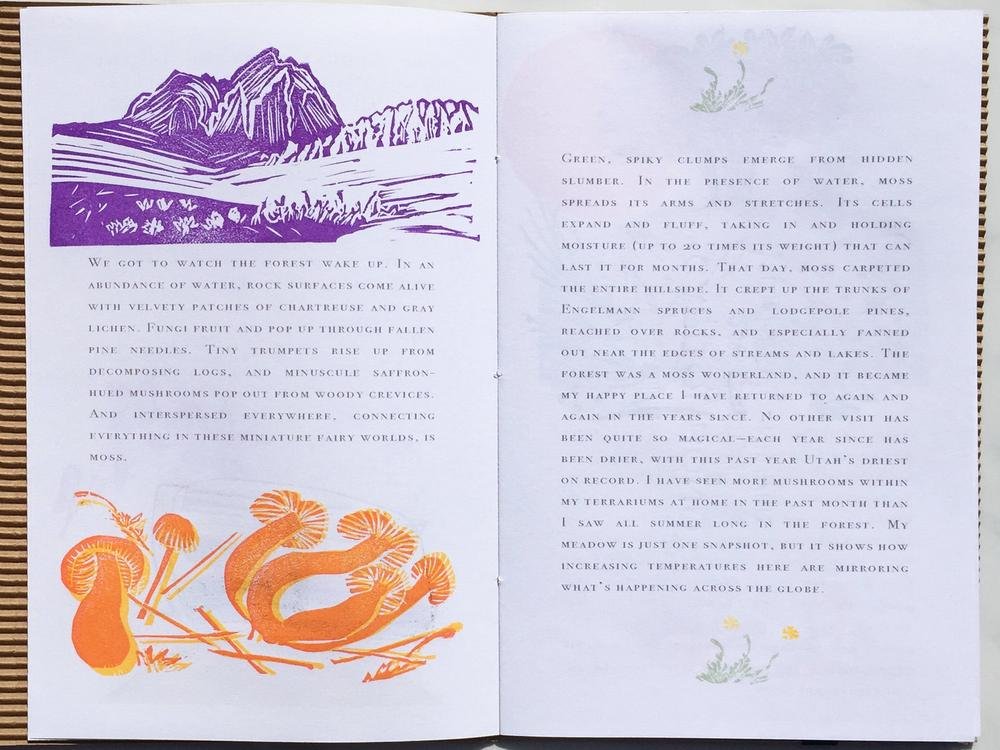
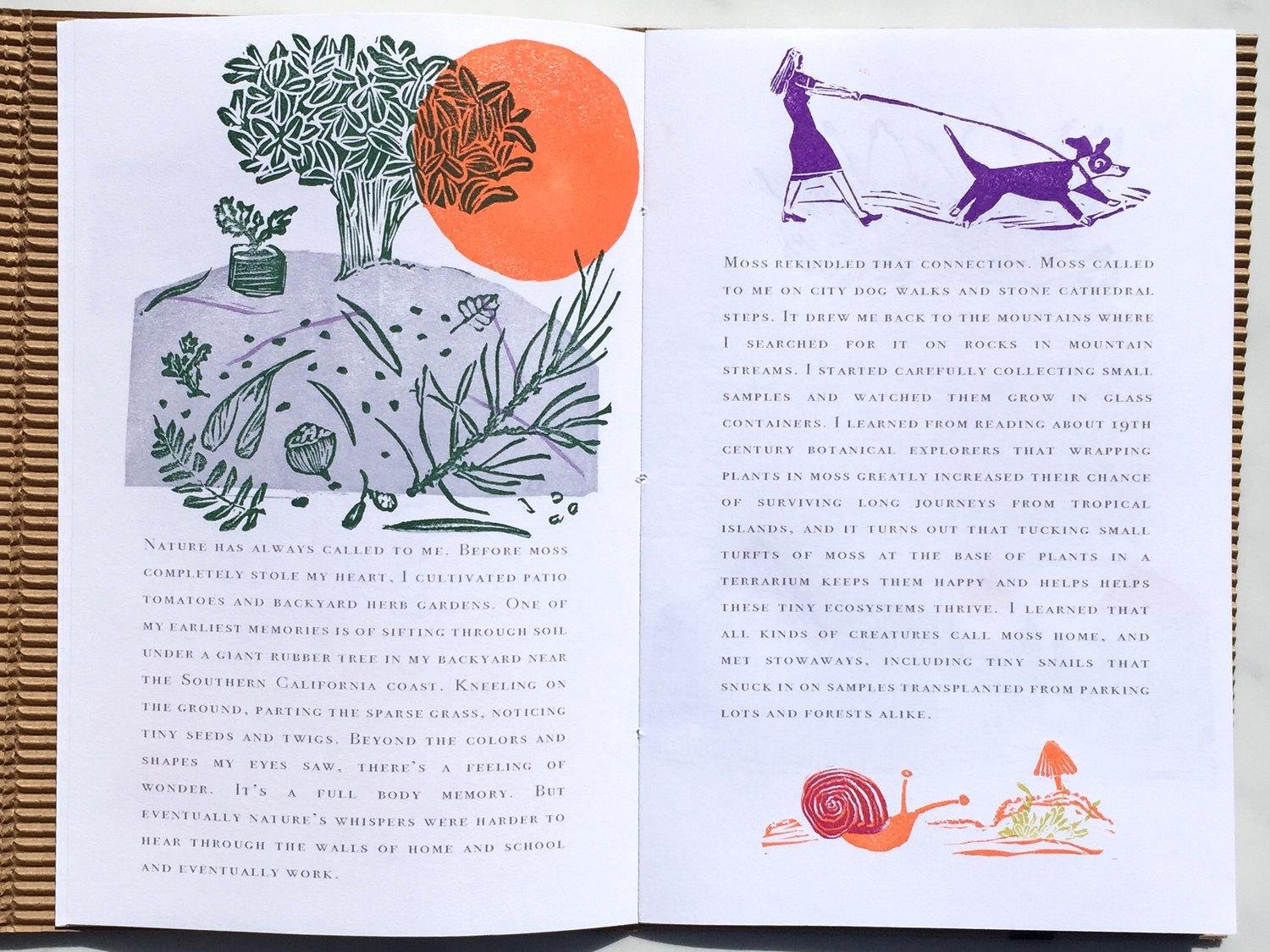
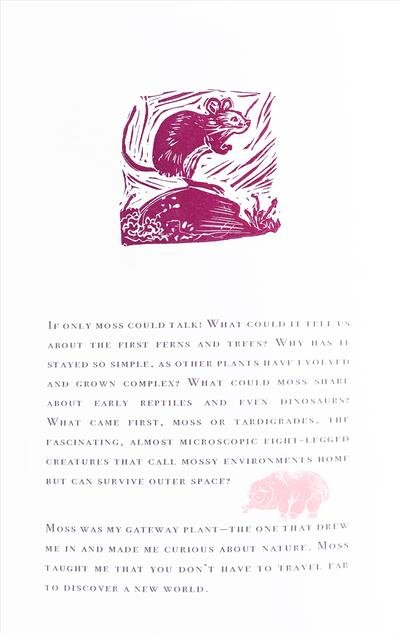
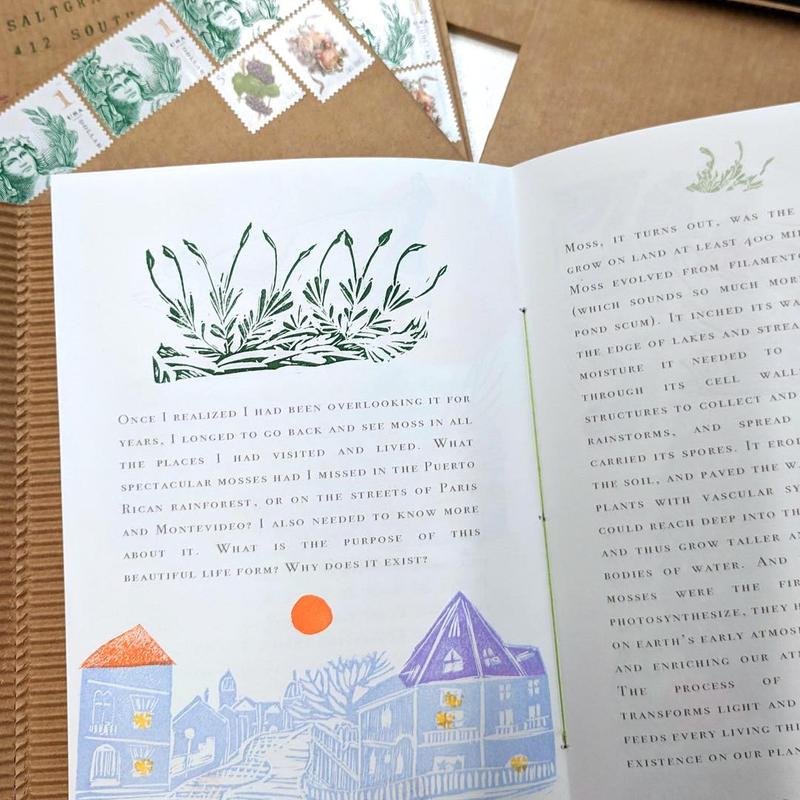
Moss: A Love Story
written by Jodi Mardesich Smith
Train Tracts is a traveling literary journal and an experiment in connection. The journal is made up of twelve books, each a collaboration between an artist and a writer. The small edition of books are each unique handmade works of art created by printmakers from around the country (and beyond). The stories are of travel, transformation, and connecting with strangers.
Moss, it turns out, was the first plant to grow on land at least 400 million years ago. Moss evolved from filamentous green algae (which sounds so much more romantic than pond scum). It inched its way onto shores at the edge of lakes and streams, absorbing the moisture it needed to survive directly through its cell walls. It developed structures to collect and retain water from rainstorms, and spread where the wind carried its spores. It eroded rocks, prepared the soil, and paved the way for more complex plants with vascular systems, whose roots could reach deep into the earth for moisture and thus grow taller and live further from bodies of water. And because tiny, humble mosses were the first land plants to photosynthesize, they had an enormous impact on earth’s early atmosphere, taking in carbon and enriching our atmosphere with oxygen. The process of photosynthesis also transforms light and water into energy that feeds every living thing. In short, we owe our existence on our planet in part to moss.
Jodi Mardesich Smith
Read an exhibition review on 15 Bytes





